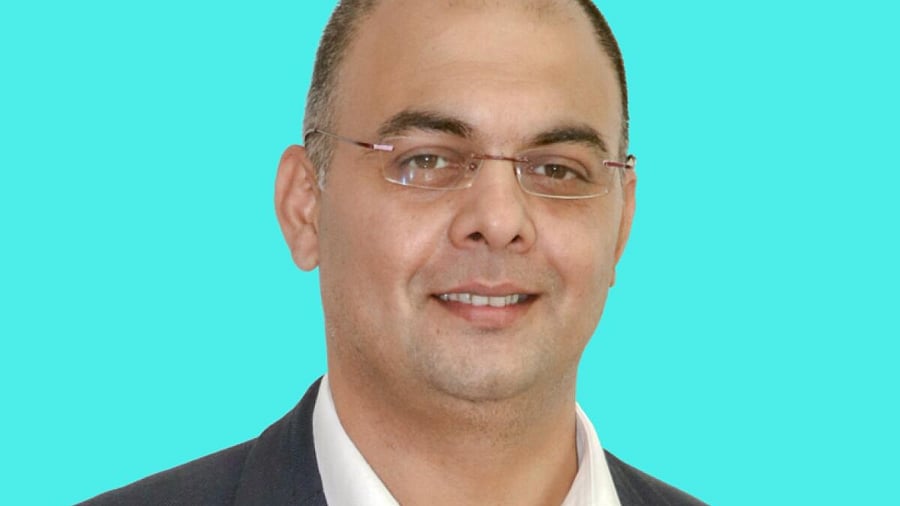
Low-cost carrier IndiGo in June announced six new destinations across Asia and Africa. The airline will be adding over 170 new weekly international flights between June and September 2023. Against this backdrop, Indigo's head of network planning and revenue management Abhijit DasGupta, sat down with DH's Lavpreet Kaur to throw light on the airline's international expansion plans, revenue trends across routes and top priorities amidst the record order and rising demand for air travel.
Take us through your plans for expansion in international space.
Now that the pandemic-related shocks are behind us, we think that there is still a huge amount of untapped potential in this marketplace.
India’s economic story has reached a point where a very large chunk of people are joining the income category that has the ability to consume a six-hour radius travel. So a lot more people are graduating from classically doing their leisure trips within India to travelling to other countries within 3 to 4-hour radius from India. The same kind of economic story is playing out in many of those countries. So whether it is business, VFR (visiting friends and relatives), leisure or travel-driven infrastructure development, we believe that the 6-hour radius market is at its inflection point. And so we are hopeful to continue our growth in this market across three categories- adding frequency or capacity into the city pairs we already operate, offering more non-stop flights to destinations we are already present in and third, add new routes.
What's your plan beyond the Middle East and South East Asia where you’ve extended your services to?
As far as new cities are concerned, we just announced our first location in Africa and Indonesia and four new cities in Central Asia. The SAARC region is another major opportunity.
We are taking our first step into long-hour flying with the Airbus 321 XLR pipeline that is coming a little short of two years from now, which will allow us to expand our radius by another 1.5-2 hours. Alternately, we want to leverage the opportunity that exists in long-haul travel through partnerships.
With so much happening in the Indian civil aviation space, what are the top priorities for Indigo this year?
The last two quarters have been really the first two that we could say are largely not pandemic affected. We have been able to use the available fleet efficiently. Now the focus will be on the future to continue to drive growth and efficiency and find new market opportunities in domestic and international markets.
How have you been keeping up with airfares so far and what's the plan of action going forward?
At any specific point in time, airfare is a function of supply and demand. When events like what happened over the last couple of months happen, where there is a confluence of certain capacity shortages and peak season, that supply-demand equation yields a different price. But such events tend to be transient. As we move now from peak season to routine season, the equilibrium is found at a different price point.
For us the larger focus is on driving towards incremental cost efficiency whether it is from new airplanes, improved fuel consumption, fleet utilisation, process improvement. Long-term affordability is going to be a cornerstone of growth for this market.
Could you take me through some revenue trends across cities - including newer routes to smaller cities?
Any new route, whether it is previously unconnected or it is a new city paired with a destination that already existed, goes through what we call a ‘maturity curve’. When you invest capacity, you have to actively stimulate the market whether from a pricing standpoint, marketing or value proposition. Of course, different city pairs are at different stages of maturity over a period of time and so their revenue patterns will change.
